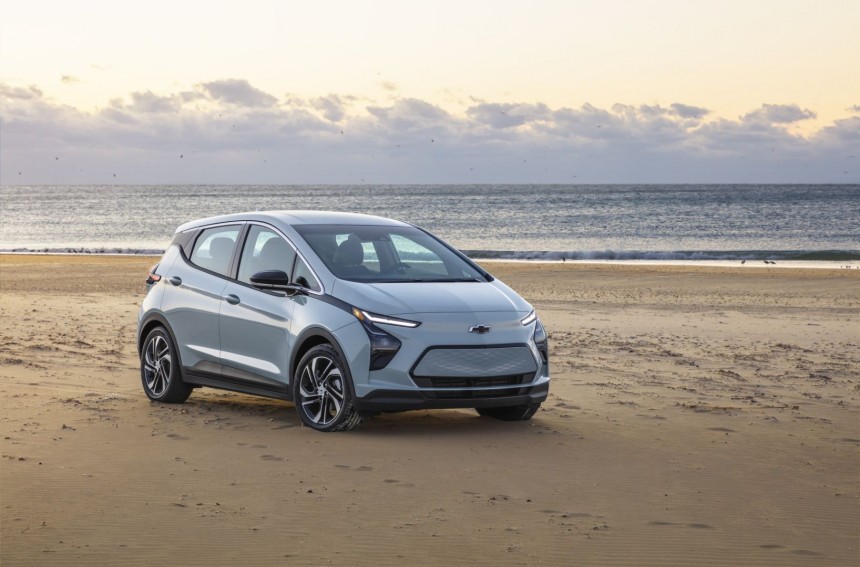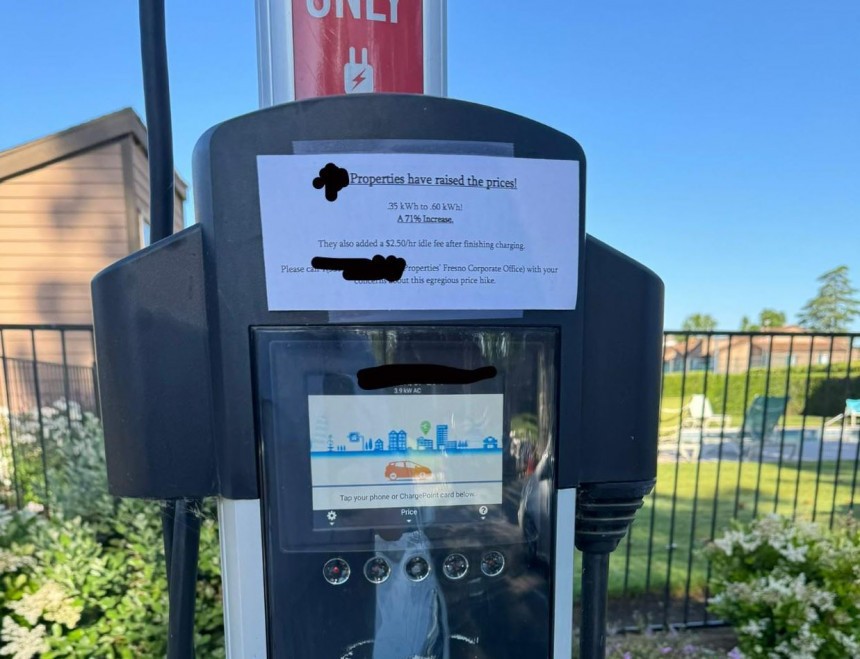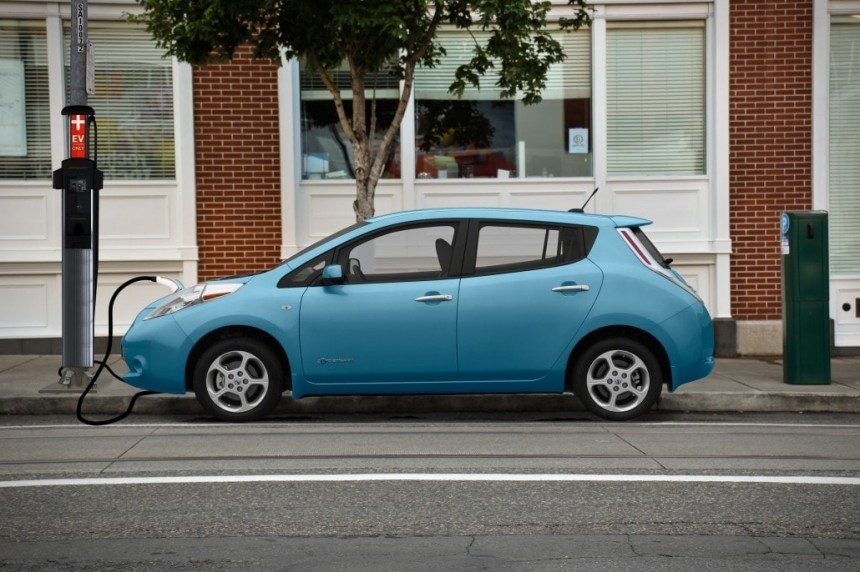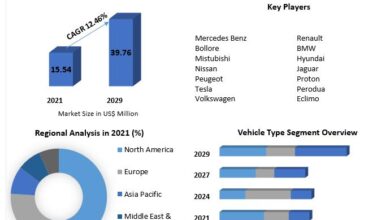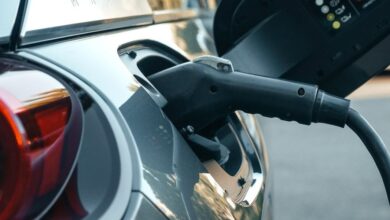Once Catalysts for EV Adoption, Apartment Complexes Are Now Slowing It Down
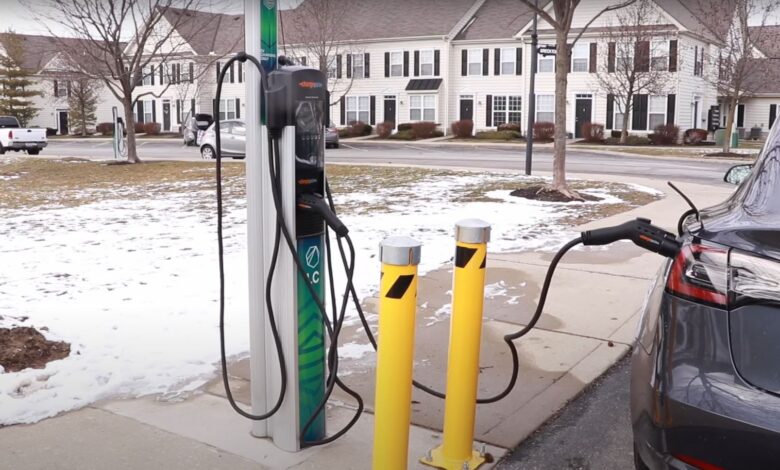
This year didn’t start well for EVs. In a move never seen before in the automotive industry, Tesla slashed prices across the board with the sole goal of spurring demand globally. The world’s most valuable car maker continued a pricing downtrend that started in 2023, making many wonder about its future profit margins. Its rivals couldn’t keep up with such a dynamic and aggressive pricing policy. Things got so chaotic that prospective new car buyers started eyeing conventional rides again.
First things first, we need to underline that electric vehicles (EVs) are great for local environments because they don’t burn fossil fuels. Clean personal mobility is what the world needs to tackle global warming, a phenomenon that can change Earth in ways that are harmful to humans and other forms of life.
Rising air temperatures have been a concern for decades, but we’re now starting to see their effects in many parts of the world. Extreme weather threatens communities and ecosystems everywhere.
A hotter planet can, for example, affect ocean current systems and agricultural processes. Drought is a farmer’s nightmare. Since everything is interconnected, people like you and I stand to lose. At the least, we might have to learn how to deal with heat-related illnesses and protect ourselves and our property from more severe storms.
Don’t feel too bad about it, though. Passenger cars don’t share too much of the blame in the grand scheme of things.
Every little bit helps
However, if we can do something to stop greenhouse gas emissions from messing up our atmosphere, we should. Driving an EV (or, even better, using public transport or riding an e-bike) is one of the simplest things we can do to reduce our burden on the environment.
Yes, I know that it sounds a bit ridiculous to ask average citizens to ditch the ol’ internal combustion engine and change their lifestyle or spend more money on a zero-tailpipe emission ride when well-off people use private jets for short trips and own yachts that gulp fuel like there’s no tomorrow. However, power lies in numbers. The more of us do the right thing, the better the outcome.
Sadly, being on the right side of history gets harder and harder.
Today, there are many all-electric cars out there that are priced attractively. Used EVs, for example, can be bought for under $25,000. Take advantage of the used EV tax credit, and a battery-powered car with a few thousand miles on the odometer can look like the sweetest deal around. But that’s where things start to become complicated. The tax credits help, but they’re not enough.
Drive or lose
Most Americans need a car. Public transport isn’t reliable in many parts of the US, so people have to include the acquisition of a car in their finances. The most recent data coming from the ABC of Mobility shows that in the US and Canada, only around five percent use public transport, four percent ride a bike, scooter, or walk, and the rest rely on cars. Having a driver’s license is almost vital in many parts of America.
However, most of the youth today aren’t enamored with the idea of owning a car and driving themselves everywhere. Gen Z is aware of the costs and doesn’t want to contribute to global warming.
But EV makers are trying their best to sweeten the deal. The idea of not visiting a gas station, not polluting the air locally, and being able to charge a vehicle with renewable energy for much less than the cost of fuel is making those born after 1997 and until 2012 reconsider their stance. Add cool stuff like bidirectional charging into the mix, and it’s not out of the question for a young person or someone who drove only internal combustion engine-powered cars to reconsider their stance.
But no matter who we’re talking about, everyone likes to save money. Current prices make it impossible in many parts of the US to use high-power DC fast chargers all the time without regretting the choice you made. Gas is cheap, and refueling takes less time than replenishing a high-voltage battery.
So, charging at home overnight is the way to go. It’s not only cheaper but also more convenient because you wake up every morning to a “full tank” if your EV is equipped with an LFP battery or a car with an 80 percent state of charge if its energy storage unit’s chemistry is different.
The math doesn’t add up
Sadly, home ownership remains an issue for both Gen Z and Millennials. The former represented four percent of homebuyers in 2023, while the latter made up more than half of the people who stopped renting or living with their parents. Since Millennials haven’t warmed up to EVs, the premise for an accelerated transition to zero-tailpipe emission personal transport has not yet been created.
Not having a driveway makes charging at home overnight complicated or downright impossible. And that’s what you want as an EV owner who can’t charge at work or elsewhere for free.
Fortunately, not only Uncle Sam thought about how to make EVs more popular. States, local governments, and utility companies introduced incentives of their own. In many parts of the US, funds were made available to multifamily property owners to install Level 2 EV chargers and train staff to learn how to operate the stations. In some cases, various grants even covered the cost of electricity for a while.
As EVs became more popular, landlords and real estate companies understood that offering convenient charging options could give them an advantage over the competition and even allow them to charge tenants a bit more rent without risking business losses. Buying an EV became the obvious option for many commuters.
Unfortunately, these apartment complexes are now raising prices and adding new fees. One example comes from Fresno, California, where the cost of a kWh almost doubled. On top of that, idle fees that applied immediately after the EV was fully charged became the norm. Many tenants were surprised to see that they paid a lot more than they used to.
So, for many city dwellers, owning an EV is slowly becoming a nightmare. Fast charging at a DC dispenser is a lot more expensive than a year ago. Plugging into a Level 2 charger at home is pricier. Insurance costs more for almost all EVs than for an equivalent gas-powered ride. On top of all these hikes, some states have also introduced higher registration fees or plan to do so soon.
Tough decisions
And, remember: putting someone behind the steering wheel of an EV could have cost Uncle Sam, states, local governments, and utility companies a lot. Now, they’re slowly seeing all those dollars going down the drain.
The international community agreed that everyone needs to do more to prevent our world from drastically changing due to global warming. After all, that’s why automakers were forced to invest billions in EVs. VW’s punishment for Dieselgate, for example, was to create Electrify America.
But it’s complicated to see how owning an EV remains feasible for many as the costs skyrocket. Unless you live in a house where you can plug in overnight for cheap, buying a hybrid car might just be a better financial decision.
And we haven’t even touched on the topic of power sources. To fully unlock the positive impact an EV can have on the environment, anyone should be able to recharge using renewable electricity. That remains a hot potato for now.
It remains to be seen what will happen. For now, the all-electric vehicle isn’t looking like a winner. Let’s hope that nobody gets the bright idea of making gas more expensive. EV charging can become attractive once again by allowing companies to compete for customers. After all, nobody wants to see the federal government making up for all the EV tax credit money it spends by taxing gas or diesel more.
